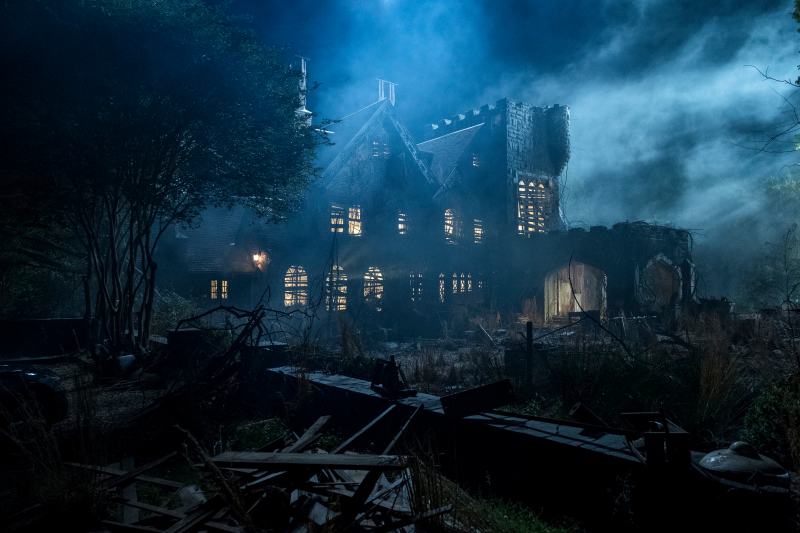As a person who loathes the horror-genre, I approached “The Haunting of Hill House” with caution. However, I was thoroughly impressed by the first half of the show. The Netflix series, based on the 1959 Shirley Jackson novel of the same name, is a psychological horror show that revolves around a group of siblings, the Crains, who grew up in Hill House, an old mansion that would later become known as the most famous haunted house in America. As adults, the estranged siblings reconvene in order to address a recent, devastating trauma that sets the events of the show in motion. The first five episodes of “The Haunting of Hill House” merge incredible characterization and style in an excellent blend of drama and suspense.
The first half of the series manages to maintain its eerie nature without echoing the most frequent misstep of the horror genre: forgetting to fashion sympathetic characters. The engrossing series preserves its sinister tone throughout those initial episodes, but still accomplishes in constructing a complex individual and family dynamic. This is in large part due to the first five episodes acting primarily as exposition. Each one focuses on a different Crain child, laying out their entire story: what motivates them, why they make the choices they do, who they are at their core. Their issues ultimately do relate to the trauma they endured during childhood and the ensuing consequences on personal values, habits and relationships, but the idea of the central “haunted house” does not come at the detriment of personal development. The exposition-heavy technique allows the series to avoid this trope, enabling the siblings to become familiar, old friends in the course of five hours, and generating a connection between viewer and character. If not for the horror elements sprinkled throughout, “The Haunting of Hill House” could effectively function as a family drama.
However, the plot could not work without its stylistic cohesion. The show seamlessly weaves the two narratives of past and present together in order to tell this greater decade-spanning story. The show relies heavily on flashbacks to the Crain siblings’ childhood in an effort to facilitate the portrayal of character traits and motivations. Sequences flow into each other as if just moments apart — if a character closes a door in the past, it will immediately cut back to the same character opening a door in the present, or if a character picks up an apple in the present, it cuts back to them eating an apple in the past. These instances serve to transition the story and to connect moments in the present — reactions, decisions and more — to the experiences of the past. They help express the tenuous familial relationships between the Crains, without characters having to fight and yell exactly why they’re mad. The style of the “The Haunting of Hill House” makes the show compelling, enabling the viewer to not only connect with one family, but, seemingly, two — the past and present Crains.
Although the series shines in so many aspects, it does have its shortcomings. Because the series is told through multiple viewpoints, the episodes replay certain events over and over, just from a different character’s perspective. A byproduct of this method of storytelling is that the series is slow-paced and repetitive. By the midpoint of the series, very little has actually happened plot-wise, with getting to know the characters and the history of the house taking precedence. In this respect, the show reads more as a character study than a work of horror. While character studies are incredibly engaging, judging by the first half of the show, those in the mood for a fast-paced, jump-scare-every-minute horror extravaganza should look elsewhere.
Nonetheless, I would recommend the first half of “The Haunting of Hill House” to just about anyone. The beginning of the story extends beyond the bounds of one, or even two, set genres, telling a universal story of family, grief and reconciliation.
Contact Kaycee Branche at kcb22 ‘at’ stanford.edu.
